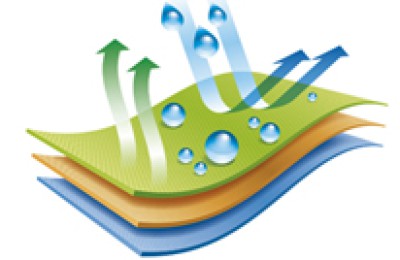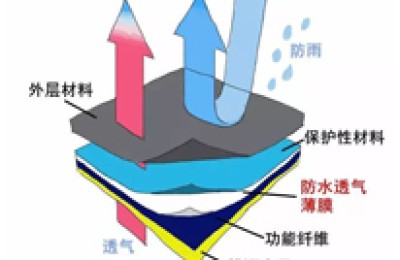Country risk reference rating: 6 (6/9)
Country Risk Outlook: Positive
Economic and trade risks
Zambia’s nominal GDP in 2012 was US$20.5 billion, the real economic growth rate was 6.1%, and the per capita GDP reached US$1,480. The country’s industrial structure is agriculture accounting for 20.7%, industry 34.2%, and service industry 45.1%. Major industrial sectors include mining, food processing, textiles and leather. Zambia’s political situation is basically stable and its democratic foundation is relatively complete.
In recent years, Zambia has maintained rapid economic growth relying on the development of mineral resources such as copper and cobalt. Zambia’s economy is greatly affected by the price of raw materials in the international market. Since the government regards large-scale infrastructure construction as its primary task to promote its economic development, Zambia’s financial and debt repayment pressure is likely to increase in the future. The main source of Zambia’s fiscal revenue is taxation, which accounts for about 70% of fiscal revenue. Foreign aid and loans are also important sources.
Bilateral economy and trade
Zambia and China have signed the “Double Taxation Avoidance Agreement” and the “Economic and Technical Cooperation Agreement between the Government of the People’s Republic of China and the Government of the Republic of Zambia”. The trade between China and Zambia is highly complementary, and China has a strong demand for mineral resources such as Zambian copper mines. However, due to lagging industrial development, Zambia has a large demand for Chinese daily chemicals, mechanical and electrical products, agricultural equipment, etc. In 2012, the trade volume between the two countries was US$3.38 billion, and China had a deficit of US$2.68 billion. Mineral resource trade accounted for the main part of the bilateral trade volume. At present, China’s investment in Libya mainly involves mining, infrastructure, agriculture, communications and other fields. The Chambisi Free Trade Zone in Zambia is the first free trade zone established by China in Africa. Most Chinese companies in Zambia are engaged in project contracting.
Business environment
Zambia’s business and investment environment is better among African countries. For a long time, the government has used various policies to attract foreign investment, and its tax rates, especially those for resource companies, are more reasonable than other African countries.
However, for foreign investors, Zambia’s weak infrastructure, low government efficiency, and rising labor costs are all problems they will face. Zambia’s electricity supply can barely support large cities such as Lusaka or mining areas. At the same time, Zambia is located in the interior of Africa, and transportation basically relies on roads, resulting in high logistics costs. Currently, Zambia has 37,300 kilometers of roads, of which 5,000 kilometers are asphalt roads.
Overall evaluation
As one of the most stable countries in Africa, Zambia is less likely to experience wars and large-scale conflicts in the future. The export of Zambia’s copper, cobalt and other mineral resources is vital to the national economy, but the agriculture and service industries are showing a rising momentum of development. The government adheres to the development policy of encouraging industrial diversification, and the stability of Zambia’s economic development is guaranteed. At the same time, the current price of copper is at a low level, and there is greater room for growth in the future, which will play a positive role in economic development.
The Zambian government has decided to raise large-scale financing to improve national infrastructure construction. The level of foreign debt is likely to increase significantly and the debt repayment pressure will increase. Weak infrastructure, low government efficiency, high logistics costs, and low national education are still the main factors restricting the entry of foreign investment. At the same time, labor unions are powerful and often go on strike due to labor disputes, etc., increasing investment uncertainty.
(Issuing agency: China Export and Credit Insurance Corporation)






